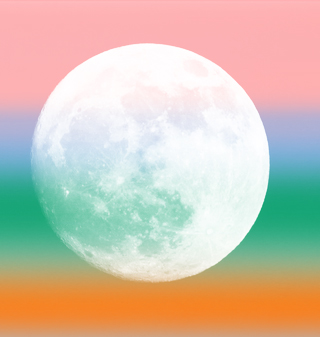Lohri is a popular festival in the northern Indian states of Punjab and Haryana, as well as in parts of Himachal Pradesh and Delhi. It is typically celebrated on the 13th of January in the Gregorian calendar, and it marks the end of the winter season.

Lohri is a popular festival in the northern Indian states of Punjab and Haryana, as well as in parts of Himachal Pradesh and Delhi. It is typically celebrated on the 13th of January in the Gregorian calendar, and it marks the end of the winter season and the onset of longer days, coinciding with the harvest of the rabi crops. Traditionally, Lohri is associated with the harvest of sugarcane, and the festival includes rituals around a bonfire, which is symbolic of worshiping the sun and fire.
One of the most popular legends of Lohri revolves around Dulla Bhatti, a heroic figure who is said to have rescued young girls from being sold into slavery. He is remembered and revered during the festival, with songs sung in his honor.
Lohri is a joyous festival that is marked by bonfires, singing, dancing, and the exchange of sweets and gifts. It is a time of celebration and thanksgiving, and it is believed to bring good luck and prosperity. A large bonfire is lit in the evening, around which people gather, throw sweets, popcorn, and puffed rice into the flames, and sing traditional songs. The fire is believed to symbolize the warmth and light of the sun, and it is seen as a way to welcome the approaching spring.
Food
In addition to the bonfire, Lohri is also marked by the exchange of sweets such as gachak (a type of sesame seed brittle), rewri (a type of flatbread), and til ladoo (a type of sesame seed ball). These sweets are often given as gifts and shared with friends and family as a way to celebrate the occasion. It is a festival that is marked by the celebration of food and the sharing of traditional dishes. Some popular foods that are typically served during Lohri include:
Sarson ka saag: A dish made from mustard leaves, served with makki ki roti (a type of flatbread made from cornmeal).
Makki di roti: A type of flatbread made from cornmeal, often served with sarson ka saag.
Gajak: A type of sweet made from sesame seeds and jaggery.
Rewri: A type of flatbread made from whole wheat flour.
Gachak: A type of sesame seed brittle.
Peanuts: Roasted peanuts are a popular snack during Lohri.
In addition to these dishes, Lohri is also traditionally marked by the consumption of lassi (a type of yogurt-based drink) and bhang (a type of beverage).
Overall, the food served during Lohri is an important part of the celebration and is chosen to be both delicious and nourishing. The sharing of food is an integral part of the festival and is seen as a way to bring people together and celebrate the abundance of the season.
Attire
Lohri is a festival that is celebrated with great enthusiasm and joy, and people typically dress up in traditional attire to participate in the festivities.
For men, traditional attire for Lohri includes kurtas (long tunic-like shirts) and pyjamas (loose-fitting pants). These garments are typically made of comfortable and lightweight fabrics such as cotton, and they are often adorned with intricate embroidery and embellishments. Turbans are also commonly worn by men on Lohri, and they are often adorned with bright and colorful patterns.
For women, traditional attire for Lohri includes salwar kameez (a garment consisting of a long tunic worn over loose pants) and sarees (a garment consisting of a long piece of cloth draped over the body). These garments are typically made of rich fabrics such as silk, and they are often adorned with intricate embroidery and embellishments. Dupattas (long scarves) are also commonly worn with salwar kameez and sarees, and they are often adorned with bright and colorful patterns.
In addition to traditional attire, people also typically adorn themselves with jewelry and makeup on Lohri. Bindis (decorative dots worn on the forehead), bangles (bracelets worn on the wrist), earrings, and necklaces are some of the most popular pieces of jewelry worn on this occasion. Mehendi, or henna, is also often applied to the hands and feet as a form of body art.
Overall, Lohri is a festive and joyous occasion that is deeply rooted in the cultural traditions of Punjab and Haryana and is celebrated with great enthusiasm and joy.
